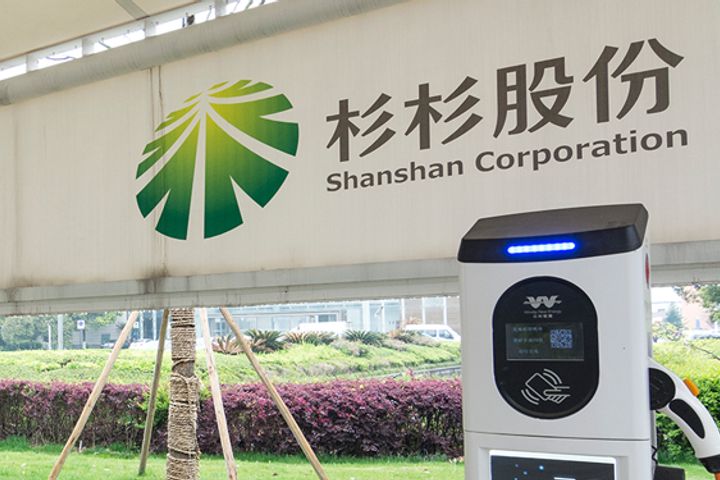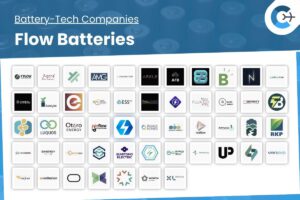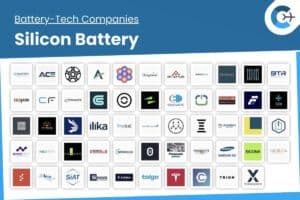Shanshan has introduced a new fast-charging grade of synthetic graphite for lithium-ion battery cells, enhanced with single wall carbon nanotubes (SWCNTs) from OCSiAl. This advanced graphite integrates SWCNTs both on the surface and within the structure of the graphite anode particles, resulting in improved electrical conductivity and superior thermal dissipation during charging and discharging cycles.
The collaboration between Shanshan and OCSiAl is progressing towards a long-term supply agreement for TUBALL™ SWCNTs. These nanotubes are currently utilized by Shanshan in smartphone battery cells, with plans to expand their application into the electric vehicle (EV) battery market. The integration of SWCNTs aims to enhance the performance of battery electrodes, particularly in applications that require high efficiency and reliability.
“Single wall carbon nanotubes stand out from other conductive agents due to their unique properties: unparalleled electrical and thermal conductivity, length, and flexibility, and the ability to form conductive reinforcing networks in materials at a very low dosage,” said Loyes Zhi, General Manager of OCSiAl Greater China. “Regarding the effects of enhancing graphite anode particles with SWCNTs, this results in higher electrical conductivity of the graphite anode and an improved ability to dissipate heat, thus allowing the battery cells with such graphite anodes to withstand higher charging and discharging currents without overheating.”
The newly developed graphite anode has been adopted by leading lithium-ion battery manufacturers for consumer electronics and is now being prepared for introduction into the EV battery sector. Jiang Jingcheng, Head of Shanshan Supply Chain, emphasized the technological advancements made by Shanshan’s R&D team in integrating SWCNTs. He stated that the SWCNT-coated graphite anode improves energy density, charging speed, and cycle life, providing a comprehensive performance upgrade for battery cells.
Looking ahead, Shanshan and OCSiAl are exploring the development of next-generation silicon-carbon composite anodes. OCSiAl’s nanotubes have demonstrated the ability to extend the cycle life of silicon anodes and reduce internal cell resistance. The two companies are in discussions to secure a long-term supply of SWCNTs for upcoming projects and are expanding their technical collaboration to enhance battery performance and develop advanced energy materials.
This partnership underscores the ongoing advancements in battery technology, aiming to meet the increasing demands of the electric vehicle market and other high-performance applications.
Source: OCSIAL
















